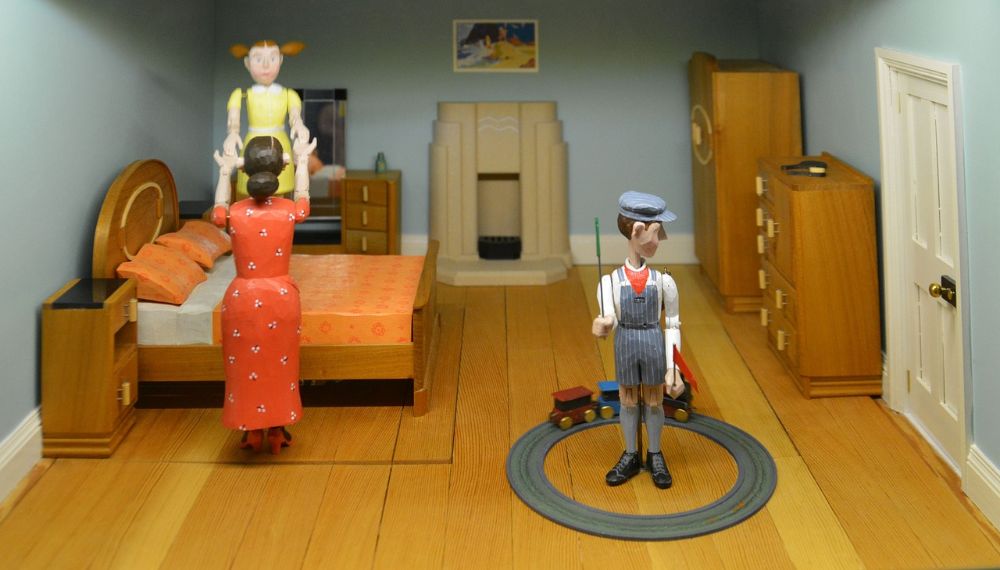More than a year ago, PostAlley writer Michael Luis wrote an article titled, “Why Seattle Apartments Are So Expensive and Staying That Way.” One of the consequences of that irritating fact is that developers are making new apartments small. The apartment-finder web page RentCafe.com recently ranked U.S. cities by the average size of apartments built from 2014 to 2023. Here is the list, ranked in square feet, the smallest first:

In that ranking, Seattle’s apartments are smaller than San Francisco’s — even smaller than Manhattan’s. That’s not all the apartments, just the ones built in the past 10 years, which in Seattle include a gaggle of “apodments” — really small ones.
Here is RentCafe’s ranking of U.S. cities by the average size of apartments under construction now. Again, it’s in square feet, smallest first:

Our average unit is now the second-smallest, being a whole seven square feet — the footprint of a small bookcase — larger than San Jose’s. Progress! Once having lived in an apartment in Hong Kong, I looked up the average size there of private, unsubsidized units: 484 square feet. So Seattle’s apartments being built now average 54 square feet — the size of two double beds — smaller than the private housing stock in the world’s densest city.
Here is a final series, also from RentCafe: How much space, at average prices, you can get for $1,500 a month. This is a measure of the entire rental stock, not just new units. RentCafe didn’t rank these, so I cherry-picked the cities of interest.
The smallest space you can get for $1,500 a month is 228 square feet — a truly tiny pad — in Manhattan. Here are some of the others:

In the average size of our rental-housing stock, Seattle is not at the bottom. The average apartment here is double the size of the average apartment in Manhattan — and half the size of the average apartment in Spokane.
I’m not offering these figures to support rent control, which creates a housing shortage. There is a sense, however, in which high housing prices are the unintended consequences of political decisions. As Michael Luis explained in one of his PostAlley pieces, an urban area can have two of these three things:
- Comprehensive restrictions on development (to preserve undeveloped land, save trees, or maintain the character of the neighborhood, etc.);
- Economic growth, which attracts new residents and fills their pockets with money;
- Reasonable housing prices.
Our political leaders have chosen options 1 and 2. One of the consequences is tiny apartments.
Discover more from Post Alley
Subscribe to get the latest posts sent to your email.

We all chose #2 – economic growth – and we have sacrificed both #1 and #3. Housing construction has been quite robust for the last decade, but it never could solve the problem of surges of affluent new residents. Housing can’t be built in a week when the need surfaces, or a month or even a year. The idea that no housing can be built because all the land is locked up in less dense uses, is pure fallacy that you’d think people would see through every year as 10-15K new units will be built.
Small units? More profit.
Is this a housing crisis? What about the building boom of 2010-2020, in which the city added 60,000 units of housing? demonstrates “comprehensive restrictions on development?”
From SCC Insight:
“ Let’s start with some relatively good news about housing: we built a lot over the past ten years. Between 2010 and 2020, Seattle’s population grew by 21.1%, and housing unit growth almost kept pace at 19.4%. Obviously more would be better, but compared to most American cities — and most cities in Washington State — that is a phenomenal achievement, especially when one considers that Seattle is by far the largest city in the state.
———
“In 2020 there were about 22,600 vacant units in the city, a drop from about 25,000 ten years earlier. Vacant units are slightly more evenly spread around the city than total housing units, though 46% of them are still within the combination of Districts 3 and 7.”